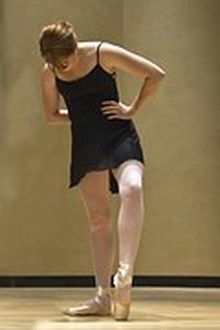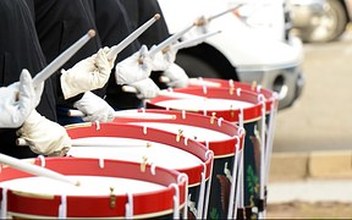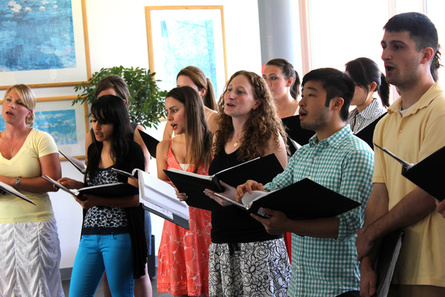Applying To Schools in the Performing Arts
|
Are you a dancer, musician, actor, or perhaps all three? If you are thinking about continuing your arts education after high school there are a few things you need to know in order to make the best decisions for your future.
First of all you need to know the different kinds of institutional options available to you. Degree-granting institutions range from the highly focused, stand-alone college-level conservatories, such as Berklee College of Music, The Boston Conservatory, The California Institute of the Arts(CalArts) and the Manhattan School of Music, each with its own individual emphasis from more classical training to more contemporary. Conservatories focus solely on the arts, with the highest emphasis on practical performance training and less on academics, and all students attending will be performing arts majors. This can be a boon for creativity and bonding with others who share your passion, but on the flip-side may generate increased competition and decreased diversity. You will not be going to frat parties or tailgating for the big game, and sometimes housing can be a challenge, but you will be taking courses in what you love without having to take a lot of general education requirements. The conservatory is a good option if you are intensely passionate and serious about your art and are unwavering about performance as a career path. |
If you would like a more typical “college experience” but are still quite serious and committed to your art, there is the conservatory within a liberal arts college or university. Some examples of this educational arrangement include the Eastman School of Music at the University of Rochester, the Peabody Institute of Music at Johns Hopkins University, the Oberlin Conservatory of Music at Oberlin College, and the Thornton School at the University of Southern California. Although these types of schools provide a more diverse student population and a wider range of social options and extra-curricular activities, it may be difficult for some students to find the right balance between focused intense training in their art and the wide array of non-art focused pursuits.
You can also attend a large university with a strong performing arts department, such as the University of Michigan or Syracuse University. This option offers the widest array of academic options and the full campus experience, but generally has more stringent general education requirements and may not offer the breadth and depth of training in the arts. |
Another way of differentiating between post-secondary paths is the type, or types, of degrees offered. A Bachelors of Fine Arts (BFA) provides the most intensely focused training tailored to a career in performance. So if you aspire to be an actor, director, dancer, or musician a BFA is the degree for you.
A Bachelor of Arts (BA), is a liberal arts degree with a concentration in a specific area of performing arts. The BA provides a more rounded education with less emphasis on performance, and allows for a liberal arts course of study that relates to the your artistic specialty. Some institutions also offer a Bachelor of Science degree (BS) which usually connotes a focus on the more technological aspects of the industry such as software development or publishing. And, some schools offer an arts specific degree such as the Bachelor of Music (BM), or Bachelor of Theater Arts (BTA) which is closer in depth and rigor to the BFA or conservatory training. For the highly specialized programs it is to your advantage to have participated in school, extra-curricular and community performances in your area of the arts. In addition, instruction with independent teachers can be tremendously beneficial. Any productions or recitals where you have been able to demonstrate your talent will increase your chance of admission. |
|
Once you understand which learning environment fits you best you need to look at the application process. Most performing arts programs of any kind will require either a live audition or an uploaded sample of work, and some have very specific requirements, such as performance pieces in specific genres or in a different language. Programs also have specific requirements for length of samples and file formats they accept. Some allow you to upload video directly to your application, others want it in Slideroom, an online digital format . And don’t forget to check the deadlines at each school; they all differ and may have different deadlines for each part of the application. Some schools require you to apply, or even be admitted, to the larger university or college before being allowed to apply to the performing arts program. YOU NEED TO LOOK AT EVERY SCHOOL’S WEBSITE TO BE SURE YOU HAVE THE MOST ACCURATE AND UP-TO-DATE INFORMATION FOR THEIR REQUIREMENTS.
|
Each school will have its own policy for scheduling live auditions. It helps to start your applications early so you have have more flexibility in scheduling. Many schools participate in National Unified Auditions, which take place in January and February in New York City, Chicago, Los Angeles, and Las Vegas offering simultaneous auditions and interviews. You need to apply directly to the institutions you are interested in to reserve a spot for your audition/interview.
The bottom-line in applying to performing arts schools is to start early, do your research and of course know yourself. You must factor in your talent, ability and degree of passion and what you are truly looking for in your education and career. |





